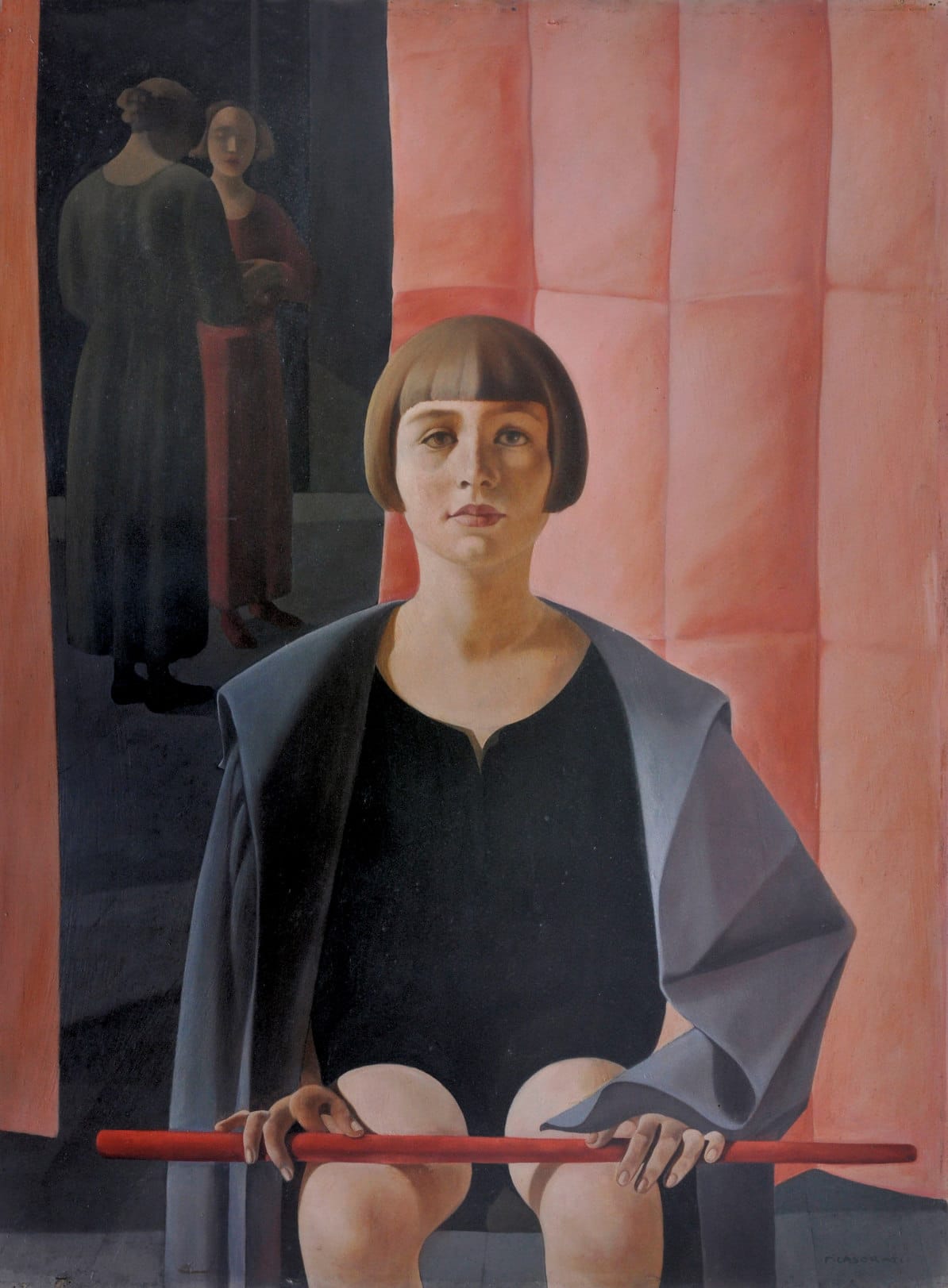“Return to beauty”. Masterpieces of Italian art from between the wars
FEB.25.2017 ──────── JUN.04.2017

Felice Casorati
Ritratto di Renato Gualino [Portrait of Renato Gualino], 1923-1924 (detalle)
Istituto Matteucci, Viareggio
©Felice Casorati, VEGAP, Madrid, 2017
Exhibition
FEB.25.2017 ── JUN.04.2017
Location
Recoletos Exhibition Hall
Paseo Recoletos 23, 28004 Madrid
This exhibition has been organized by Fundación MAPFRE and the Mart. Museum of Modern and Contemporary Art of Trento and Rovereto.

Curated by:
- Daniela Ferrari, curator at Mart, Museo di Arte Moderna e Contemporanea di Trento Rovereto.
- Beatrice Avanzi, curator at Musée d’Orsay.
Influences: the artists took inspiration from the most admired eras and subject matter throughout the history of Italian art: Greco-Roman statuary of the 14th and 15th centuries. Giotto, Masaccio, Mantegna and della Francesca were its most influencial proponents. The work of some artists was also influenced by Picasso’s neoclassical period of the early 1920s.
Spiritual wellbeing: the search for timeless beauty, the language of core values and the poetry of serene meditation were recurrent themes in their work. The objective was to comfort the human spirit after the tragedy of war.
Valori Plastici: the magazine published under this name in Rome between 1918 and 1922 was the ideal communication tool for spreading the word about the pertinent ideas and to recover the value of the Italian pictorial tradition.
Novecento Italiano: this is the highest expression of the Return to Order in Italy. The choice of the >name, Novecento, was due to a desire to connect with the centuries that represented the Golden Age of Italian art, Trecento, Quattrocento and Cinquecento (14th, 15th and 16th centuries), and to point them towards a modern version of classicism.
Download press conference:
If you would like high resolution images, please let us know for which publication or media is your request: Click here.




